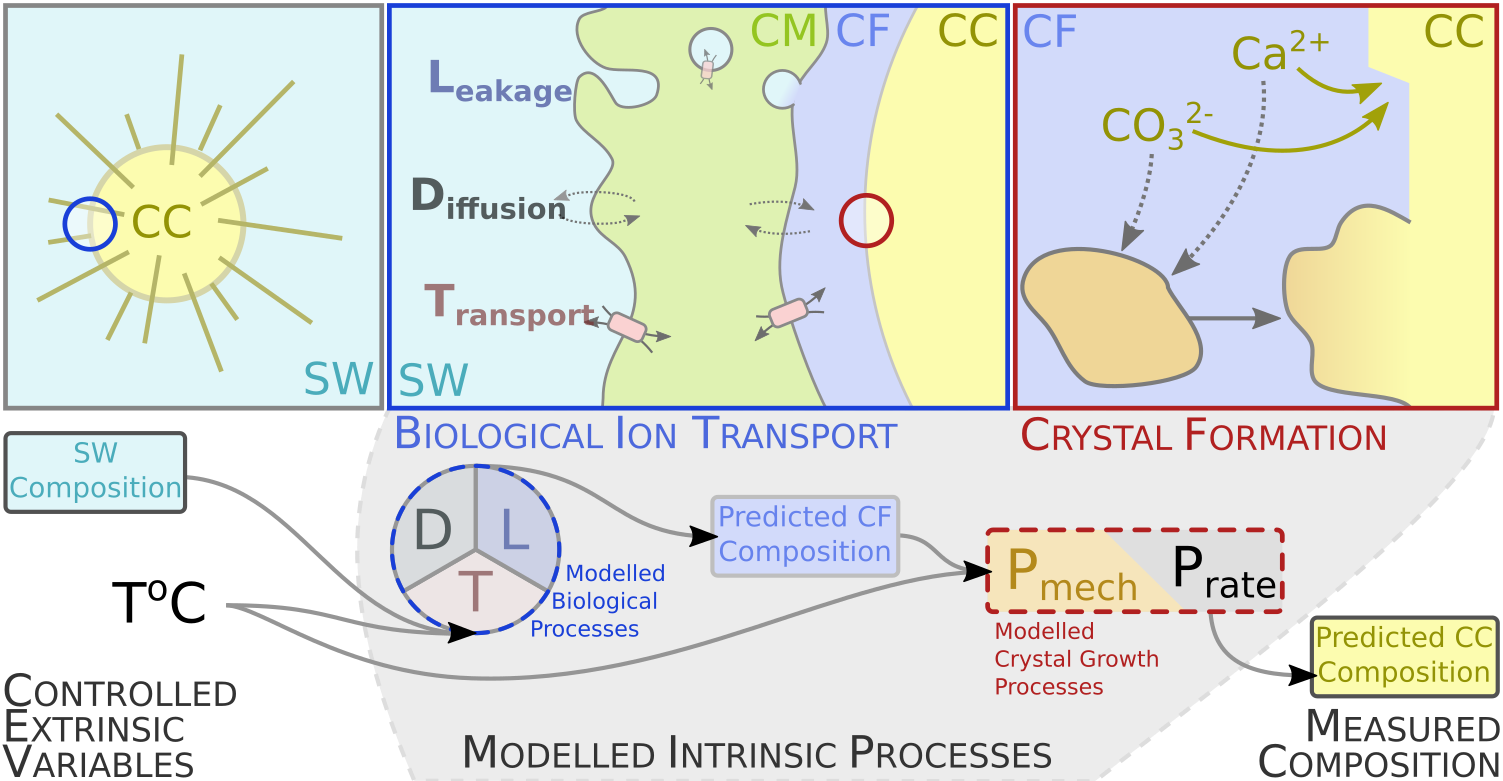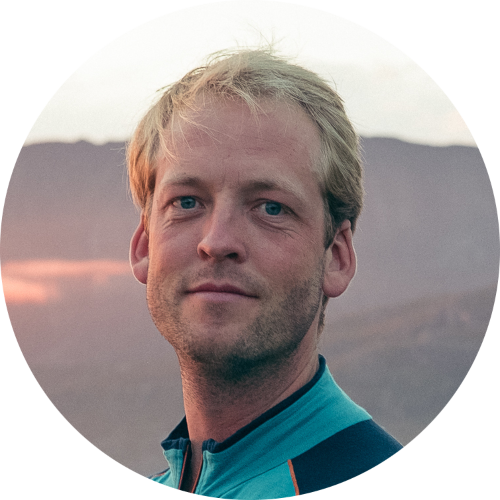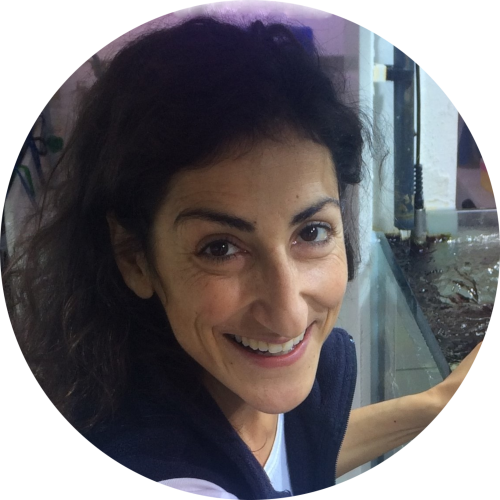Building Shells
I’m excited to announce the award of a Leverhulme Trust Research Leadership Award for my project Towards a Mechanistic Understanding of Biomineralisation.
This project will combine biology, geochemistry and computational modelling to advance our understanding of how marine calcifiers build their shells and record environmental conditions. We aim to create a mechanistic model of biomineralisation that we can use to both predict the future of marine calcifiers under climate change, and improve our interpretation of palaeoclimate records derived from shell geochemistry.
This project will involve a cross-disciplinary team of three PostDocs and three PhD students over the next five years (2023-2028). We’ll be growing calcifiers and tackling a diverse range of physiological (respirometry, microsensors, confocal microscopy, transcriptomics), geochemical (trace elements, stable isotopes, laser ablation) and computational (mechanistic modelling, bayesian optimisation, Markov-chain Monte Carlo) puzzles.
Does this sound exciting to you? If you’re interested in joining the team, please get in touch!, and check out the currently advertised PDRA and PhD positions!
Background
Calcium carbonate shells formed by marine organisms play critical roles in Earth’s past, present and future climate. Shells in the modern ocean are key determinants of how much carbon the ocean absorbs, and therefore the trajectory of atmospheric CO2 in the coming decades. Shells in ancient oceans record environmental conditions in their trace chemical and isotopic composition, providing invaluable ‘proxy’ archives that underpin our understanding of how climate responds to major perturbations. The state-of-the-art in both predicting future calcification and inferring past climate conditions relies upon empirical relationships being extrapolated beyond the conditions that they were established in. This approach receives substantial attention and investment, but is limited by a key knowledge gap: we do not know how these ‘biominerals’ form. Specifically, we lack a mechanistic understanding of biomineralisation that can quantitatively predict their formation rates and composition in known environmental conditions. Without this, we cannot assess the validity of our empirical extrapolations, or even determine the sources or magnitude of the uncertainties inherent in them. This places fundamental limits on our ability to predict the response of biominerals to future climate change, and infer past climatic conditions from their fossil composition.
A complete understanding of biomineralisation mechanisms has remained elusive for two key reasons. First, decades of focused research has been restricted to disciplinary silos. Biologists have focussed on the physiology and architecture of biomineralisation, mineralogists have advanced our understanding of precipitation processes, and geochemists have established empirical links between the environment and biomineral composition. Second, biomineralisation involves the confluence of these processes at the nanometre to sub-nanometre scale in delicate, transitory environments that remain beyond the limits of our observational techniques. We’re hoping to surpass these disciplinary and technical boundaries by combining measurements of biomineral geochemistry, organism physiology and gene expression with Bayesian statistical techniques to derive a quantitative understanding of the underlying mechanisms of biomineralisation (Fig. 1).

Project Aims
The overarching aim of the project is to construct a computational model of biomineralisation that identifies the elusive intrinsic processes that govern the formation rates and composition of biominerals (Fig. 1). This model aims to be able to predict the future of marine calcification in response to climate change, and improve the accuracy and precision of palaeoclimate records by allowing multiple geochemical tracers to be combined within a single mechanistic framework. To enable the creation of this rather ambitious model, we will first generate a comprehensive dataset that captures the response of physiology, gene expression and multiple trace element and isotopic tracers within marine calcifiers to key extrinsic physical and chemical environmental parameters. This approach builds on recent advances in: i) the simultaneous measurement of multiple trace elements and isotope ratios in small biomineral samples; ii) the measurement of organism physiology using micro-profiling sensors and confocal microscopy; iii) the ability to analyse and interpret complex RNA samples, and; iv) computational methods that allow the combination of these diverse data types within quantitative models.
The project will involve a team of three postdoctoral research associates and three PhD students with the required expertise to tackle the biological, geochemical and computational aspects of the project. Together, this team will conduct a research programme to:
- Grow corals, foraminifera and coccolithophores—three key groups of marine calcifiers—under conditions designed to examine the pathways of ion transport and the processes of crystal growth in biomineralisation, while monitoring key physiological parameters.
- Measure the concentration and isotope ratios of a broad suite of trace elements incorporated into biominerals produced under these controlled conditions, which can be used as tracers of the intrinsic processes of biomineralisation (Fig. 1).
- Model the mechanisms of biomineralisation, using biological and geochemical data produced by this study, integrated with all relevant data in the literature. We aim to create an over-determined, and thus testable, Bayesian mechanistic model of biomineralisation.
What’s next?
I’ll be looking for one PhD student and on PostDoc to start each year for the next three years. Watch this space for announcements, and please get in touch! if you’re interested!
Upcoming opportunities
- PostDoc position working on computational modelling of biomineral formation and geochemistry
- PhD studentship working on computational modelling of biomineral formation and geochemistry
Get in touch if you’re interested!





